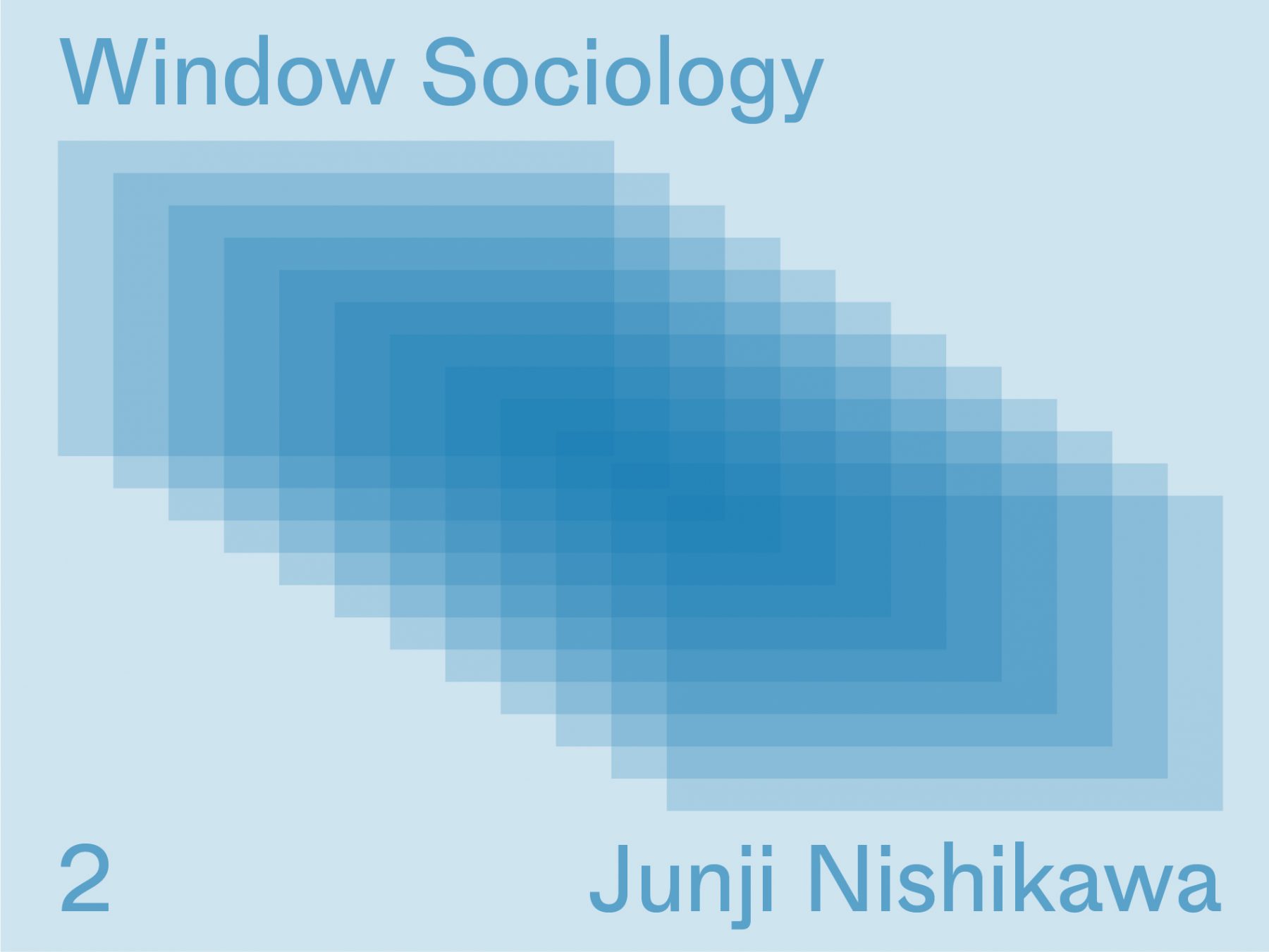
Windows and the Invisible Light
17 Jun 2019
It seems as if an ever-increasing window society took hold in Japan sometime after the Meiji period. The expansion of glass windows to general housing complexes also began around the Taisho and early Showa periods. These periods coincide with the development of capitalism and an urban culture, while also being an era of emerging social problems such as economic discrepancy, poverty, and illness. Cities became overpopulated and a severe lack of fresh air, clean water, and sunlight led to the spread of tuberculosis. Tuberculosis was dubbed a “national disease,” and it was said that “doctors come wherever light does not reach.” It was during this period when natural sunlight began to attract social interest.
At that time tuberculosis was a fatal disease, and one after another new treatments were being thought of and tested. Among those treatments, sunlight turned out to be the effective means of prevention and treatment for tuberculosis, and sunbathing or sun therapy began to be thought of as a cure. Sun therapy utilizes the bactericidal and stimulatory effects of the ultraviolet rays found in sunlight. Such therapy was already actively carried out in Western countries and presumably transferred to Japan around sometime in the mid-1920’s.
Specifically, the Fujimi Kogen Sanatorium, located in the town of Fujimi in Nagano prefecture, is believed to have been the first sanatorium introducing sun therapy on a large scale. Its first director, writer Masaki Fujokyu (alias of Masaki Shunji, 1887-1962), not only implemented such therapy at his sanatorium but also started an awareness campaign highlighting its effectiveness through his publications. In Sunlight Therapy (1928), he said: Most maladies associated with tuberculosis are the hardest to cure. For this reason, the clear fact that sun therapy provides genuine means for treatment should be regarded as the greatest achievement of sun therapy. (p. 83 in Japanese)
The Fujimi Kogen Sanatorium is also known as the setting of Tatsuo Hori’s novel The Wind Has Risen (1938). In The Wind Rises (2013) an anime adaptation by Hayao Miyazaki, the sanatorium appears, too. Unfortunately, the original sanatorium was demolished a few years ago and is no longer in existence. Let’s look at some existing sanatoriums.
At Omihachiman city in Shiga prefecture, an architect William Merrell Vories (1880-1964) founded a sanatorium. In 1918 the “Omi Sanatorium” was built at the base of Mt. Hachiman, just a short distance away from the city center. Coincidentally, the death rate from tuberculosis reached all-time high that same year. Because the main building of this sanatorium was founded with donations from American Mary Tooker, it is also known as the “Tooker House.”
As you can see from the photos, the sanatorium has greatly deteriorated though it stands today mostly as it did in the early 20th century. The central structure alone is three stories while the rest are two stories with a symmetrical appearance. The first thing one notices are the number and size of its windows. Because it is built facing south, it is easy to imagine its intention of bringing in as much sun light as possible into its rooms. What is more remarkable is the cylindrical form of both ends of the building. The room within it was used as a sunroom. It seems as if the cylindrical shape was utilized so as to absorb as much sunlight as possible. Fresh air was also ushered in by opening the upper windows. Ailing tuberculosis patients are thought to have sunbathed in this room.
We can see just how much emphasis Vories put on taking in sunlight by looking at his 1923 book Designing My Home. I have chosen some of his observations and comments I found to be the most interesting.
In the Kansai region where I reside there is a strong aversion to sunlight which contributes to the superstition that if sunlight enters into your home your property will leave you. For this reason houses – especially old ones – are painstakingly built so as not to allow sunlight in. (pp. 22-23 in Japanese)
This is an honest expression of his bewilderment at a wholly “unreasonable” superstition. It is often said that Japanese housings were dark, but it is surprising to learn just how deep their attempts to keep sunlight out went. This leads us to another question: why did Vories think that sunlight was so important?
Sunlight coming into a room turns into a natural disinfectant, something essential for one’s health. […] How then might we let sunlight in? Windows, of course. Install windows and keep the eaves short. (pp. 23-24 in Japanese)
In this way, Vories clearly did not agree from a health standpoint with light-restricted architecture. His comments here are of course in reference to housing, though he obviously regarded sunlight as a vital element of the Omi Sanatorium, exhibiting a great interest in windows. In fact, a pamphlet of the sanatorium says: this sanatorium was built on close observation of various climate characteristics, indoor-outdoor insolation, and other hygienic conditions of the land (Omisanatorium, 1929).
Hearing about sun therapy in a sanatorium, you may imagine that it’s a special experiment within a limited place. However, anti-tuberculosis and health-promotion became public concern around this time, and installing a sunroom in one’s house and sunbathing there was encouraged. In this sense, sanatoriums seem to be one of the representative architectures of the prewar Japanese expanding window society.
Like this, if we pay our attentions not only for visible sunlight (“see/be seen”) but also invisible light of ultraviolet, we can think about windows more variously (or differently). That would lead us to get a glimpse of new perspectives about windows and human practices related to them in a way apart from windows to see something.
Addendum
I would like to give a special thanks to Hidemi Yabu, the director of the Omi Brotherhood Foundation, and Tomoyuki Serino, a researcher at the Omi Brotherhood Foundation, for helping my research on the Omi Sanatorium (present-day Vories Memorial Hospital.)
Photos of Omi Sanatorium have all been taken with the explicit permission of the premises.
Nishikawa Junji
Nishikawa was born in 1983. He pursued his doctoral studies at the Graduate School of Letters, Kyoto University, through 2013. Then he became a Research Fellow at the Japan Society for the Promotion of Science (DC2, PD) and now works as a lecturer at Kobe Shoin Women’s University. His main research includes: “Home Hygiene and Window Glass: On “Brightness” in the Discourse about the House in 1920s – 30s Japan,” Soshioroji vol.56 No.3 (2012), “The Urban Planning of Modern Japan and the Governing: Analyzing Hiroshi Ikeda’s Urban Planning Theory,” Soshioroji vol.58 No.3(2014), and “The Motif of Glass in Walter Benjamin’s Works : A Theoretical Consideration of Erfahrung and Armut and Das Passagen-Werk,” Kyoto Journal of Sociology vol18(2010).

MORE FROM THE SERIES
-
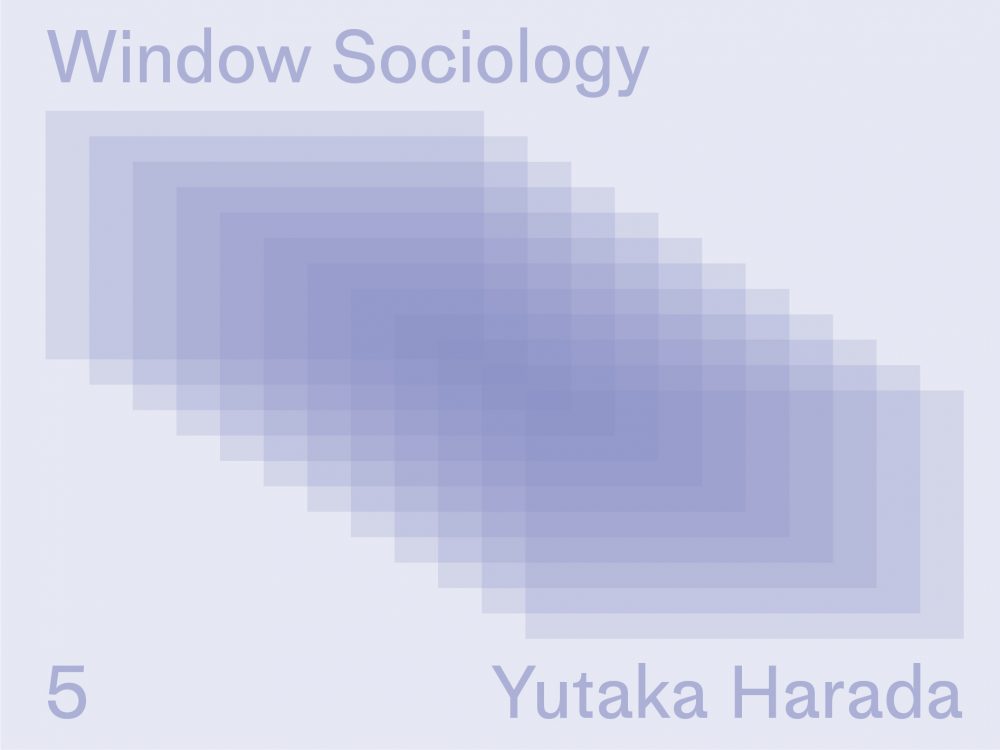
Window Sociology
The Criminology of Windows
10 Dec 2019
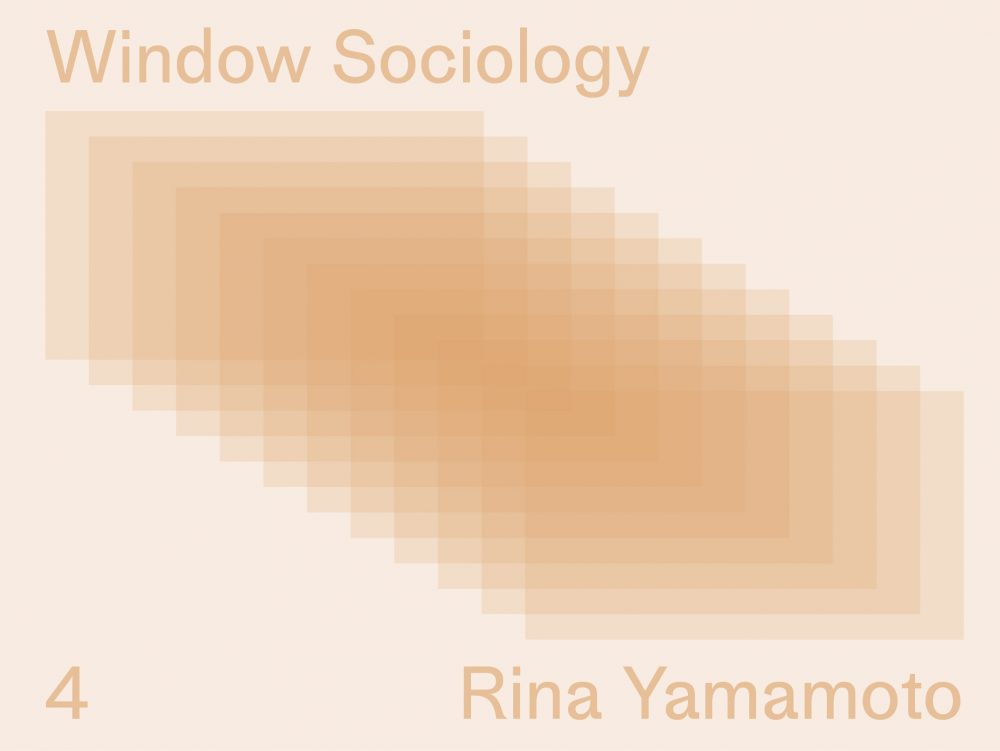
Window Sociology
High-rise condos and windows—from functionality to scenery—
22 Aug 2019
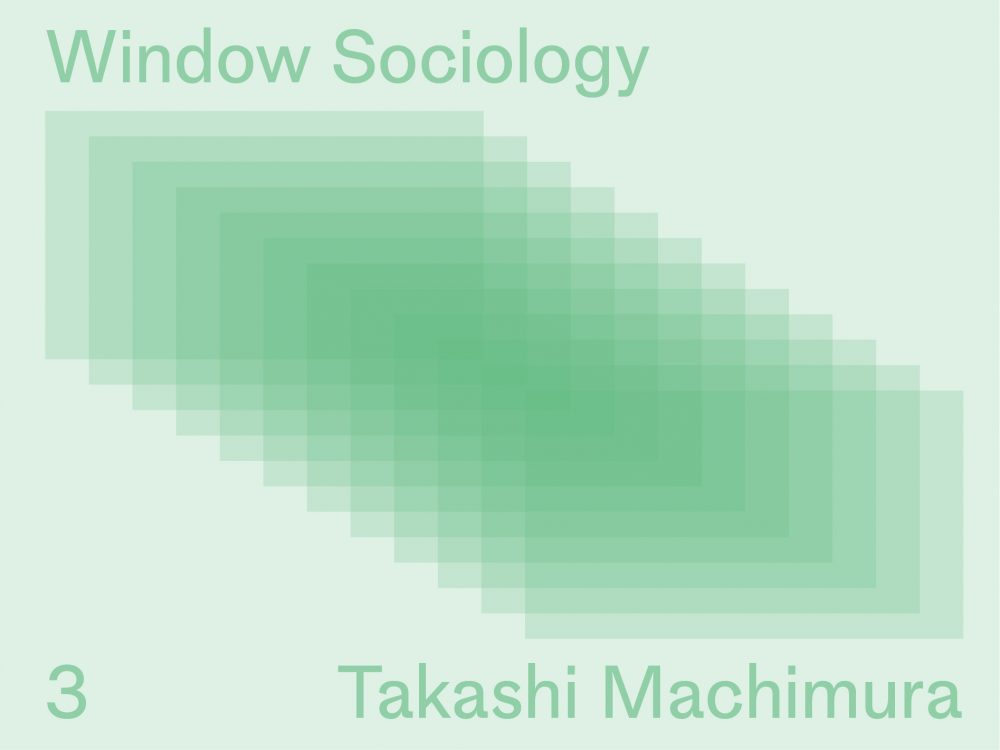
Window Sociology
Societies and Fluctuations in Numbers of Windows—Some thoughts on the Question of “windows” During Times of Change
25 Jul 2019
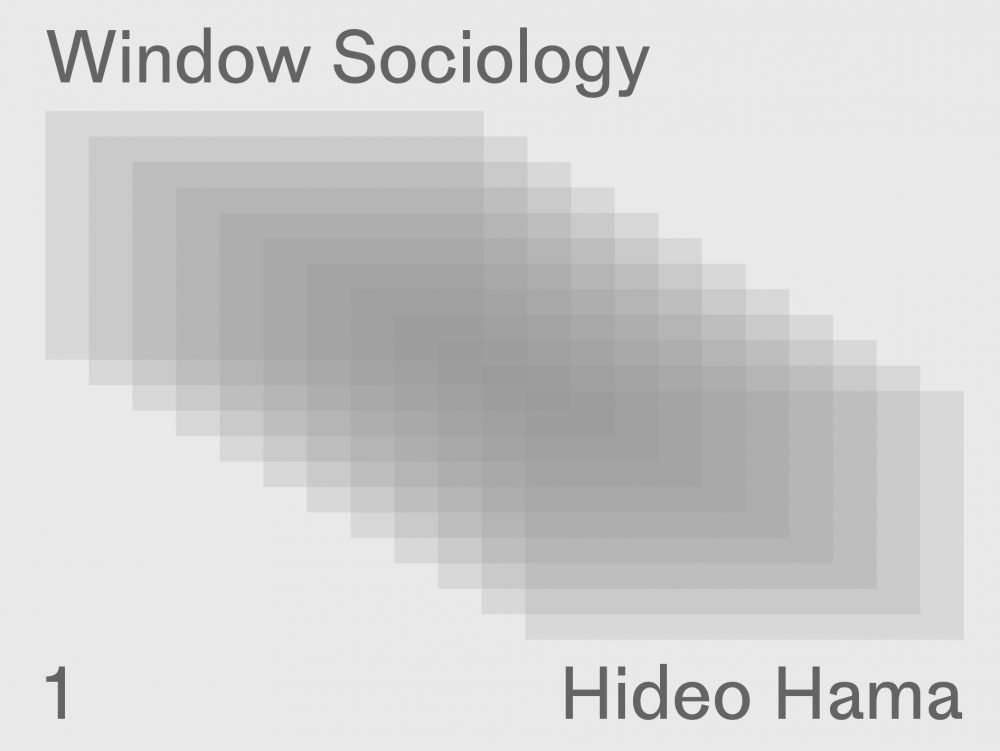
Window Sociology
Windows as media
— why we find looking through windows intriguing?—24 May 2019










